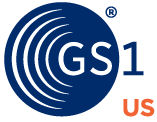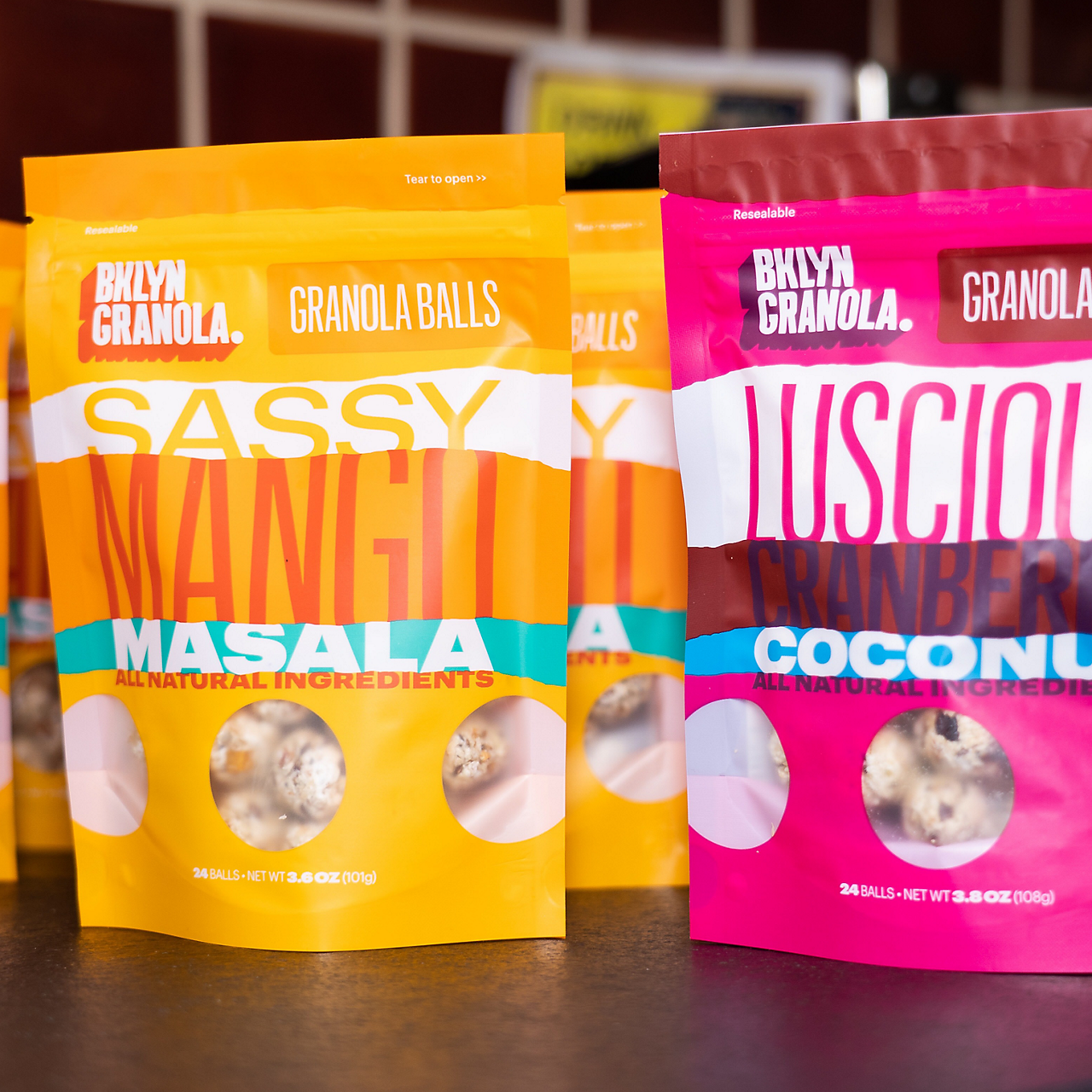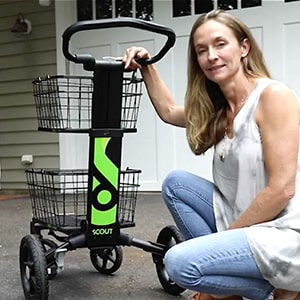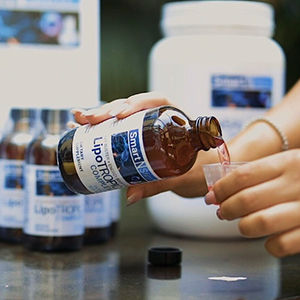-
FloLogic’s flow-sensing technology monitors water activity in real time and can catch even the smallest water leaks before they cause major damage.
We discussed the company’s unique beginnings and position in the marketplace today, with founder and CEO, Chuck De Smet.
How did you identify the need for your product in the marketplace?
Around 2000, there was a landmark lawsuit that led to more people being concerned about the growth of mold in homes that had flood damage. After this lawsuit, the insurance companies realized that houses needed to be completely remediated. So our phone started ringing, and the insurance companies started to say, "Hey, your FloLogic product sounds like it will save us a lot of money." We developed a flow sensor that detects virtually all leaks, at flow rates as low as a tablespoon a minute.
We sell through multiple channels--whether it's direct to the consumer, a plumbing contractor, a home builder, a security integrator, or a plumbing wholesaler. The insurance industry, for the most part, is taking a carrot and stick approach, giving policyholder discounts to have the product installed to prevent damage.
Were you able to accurately predict how many barcodes you would need to accommodate your growing product line?
FloLogic is installed right in the water pipes, and over the years, we have expanded to accommodate different sizes. We went from a one-inch product, and now we have both an inch and a half product and a two-inch product. In the beginning, we realized that barcoding was an oversight on our end. Just having one SKU at the time, we only bought one barcode from a third party barcode seller. But then we realized it wasn’t going to work for us as we grew, and that if we were going to be available through big distributors, and big plumbing wholesalers—some of which have 1400 outlets in the United States—we needed to meet the requirements of their systems, to make it work for them. So we contacted GS1 US and got barcodes that could work with our partners’ systems, and we were able to calculate how many we would need as the product line grew.
How has technology changed the direction of your company?
Our manufacturer told us you’re going to need a barcode if you want to work with retailers. We came across GS1 US and realized it was the most trusted option. The GS1 US website is easy to use because they walk you through the entire process. Recently, we went out to meet with a large chain of hardware stores and when they asked “Do you have barcodes?” I was able to say “Yes, of course we have barcodes.”
What did you discover about the difference between launching a product and becoming a company?
The Internet of Things certainly has played a role in our evolution. If you look at the consolidation of wall switches, outlets, and ways of managing your electrical output, we’re complementing some of these platforms for the smart, integrated home. Our new app allows a person, for example, sitting in their office in Manhattan to turn on the water at his house in the Hamptons from their phone. The app also notifies someone immediately when a leak is detected or if something has changed that is different from their “Home” or “Away” settings.
Technology is evolving quickly—with the iPhone about 10 years old now. We’ve been able to adapt to what customers want, and differentiate ourselves from more than 20 competitors, which is a tough thing to do considering we were the first product out there like this in the marketplace.
Small Business Spotlight
Explore Member Growth Stories
-
JAM Paper
Family owned and operated since 1955, JAM Paper & Envelope offers a wide range of distinctly colorful paper products.
In this publication, the letters “U.P.C.” are used solely as an abbreviation for the “Universal Product Code”, which is a product identification system. They do not refer to the UPC, which is a federally registered certification mark of the International Association of Plumbing and Mechanical Officials (IAPMO) to certify compliance with a Uniform Plumbing Code as authorized by IAPMO.






